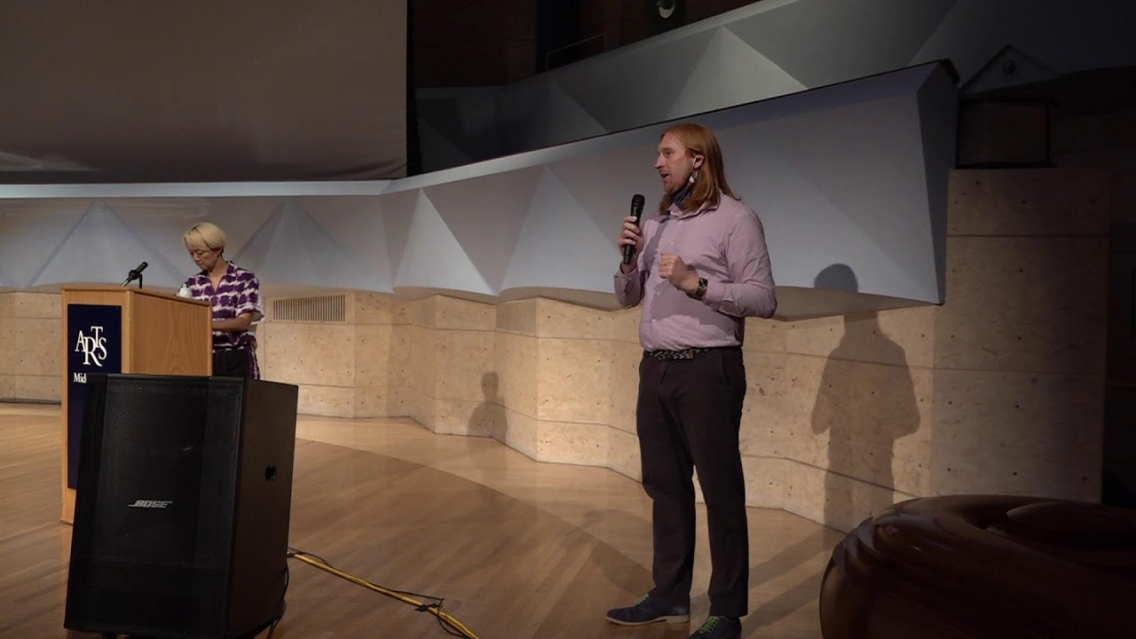Into the Screen: Digital Art from teamLab
–
“When an artwork changes based on the presence or behavior of viewers…the viewer becomes part of the artwork itself.” —teamLab
In 2001, Toshiyuki Inoko formed teamLab based on the presumption that the Internet would irrevocably change society and that digital art was the most powerful artistic medium with which to influence people. Today, teamLab has become the largest and most prolific art collective working with interactive digital technology, employing more than 600 artists, architects, engineers, project managers, and animators. The group operates a network of exhibit spaces, as well as museums with permanent installations in Tokyo and Shanghai. This exhibit features the 2016 work, Black Waves, which is comprised of a series of six wall-mounted screens that create the illusion of being overcome by a relentlessly turbulent sea.

teamLab, Black Waves, 2016, digital Work, 6 channels
While artists have manipulated new technology for creative expression throughout history, this has been particularly common in Japan. Approach to material—experimenting with its nature, discovering its inherent uniqueness through process and juxtaposition—is at the heart of Japanese art. In addition to Black Waves, this exhibit features several works from the Museum’s permanent collection: traditional folding screens and woodblock prints to set the historical stage for the imagery and format that has influenced choices made by teamLab.
For centuries Japanese artists have used the folding screen and the woodblock print to explore concepts of time, space, and the human-nature relationship. teamLab has taken this exploration to the next level by bringing these philosophical themes to an interactive, digital realm. In its early days, the collective drew a physical parallel to Japanese art by overlaying Japanese artistic objects, such as folding screens, with digital art, but as the group gained success, its work, structure, and mission became more and more “borderless.” For the visitor, this evolution has taken the form of immersive environments which seek to abandon any preconceived boundaries between art and design.
Today, against the backdrop of the high permeation rate of media technologies, including the global spread of the Internet, “post-Internet art,” art concerned with the impact of the Internet on art and culture, has emerged and teamLab’s sensory and surreal worlds are indicative of this change.
This exhibited was co-curated by Olivia Cannell ’20 and Sarah Laursen, former Robert P. Youngman Curator of Asian Art.

